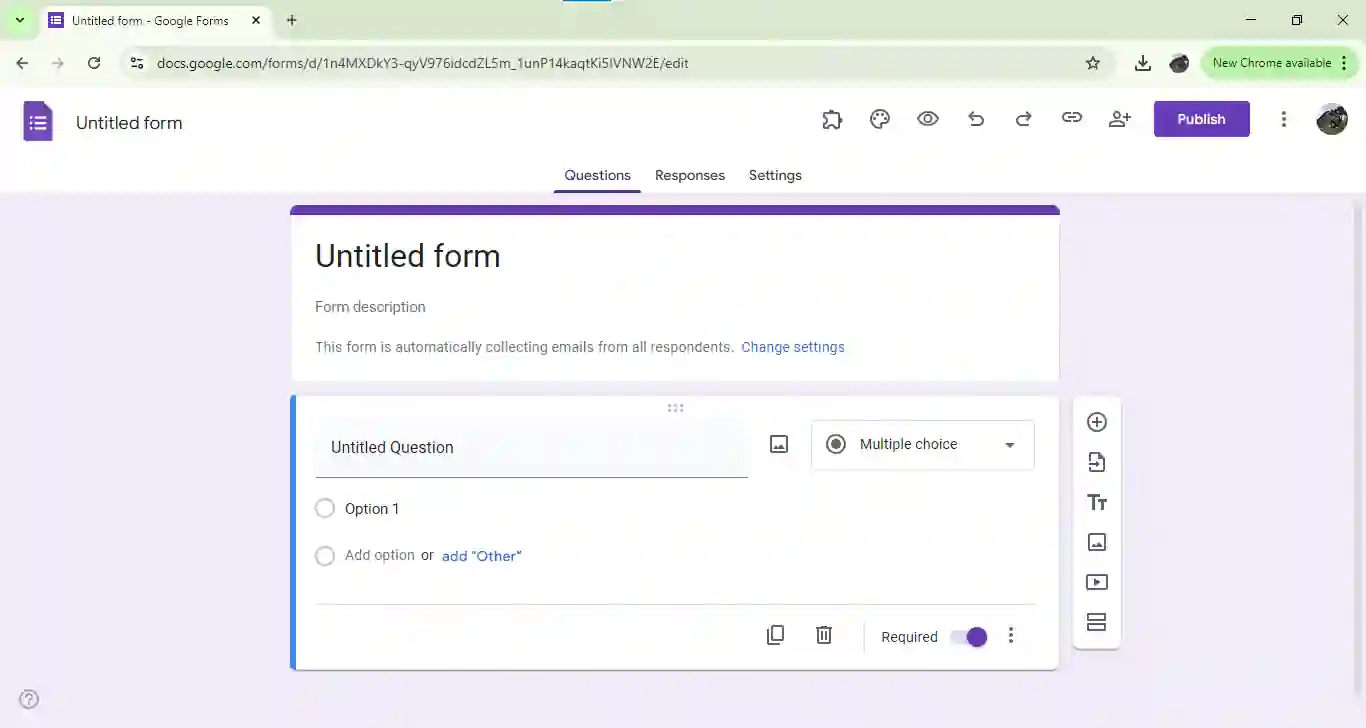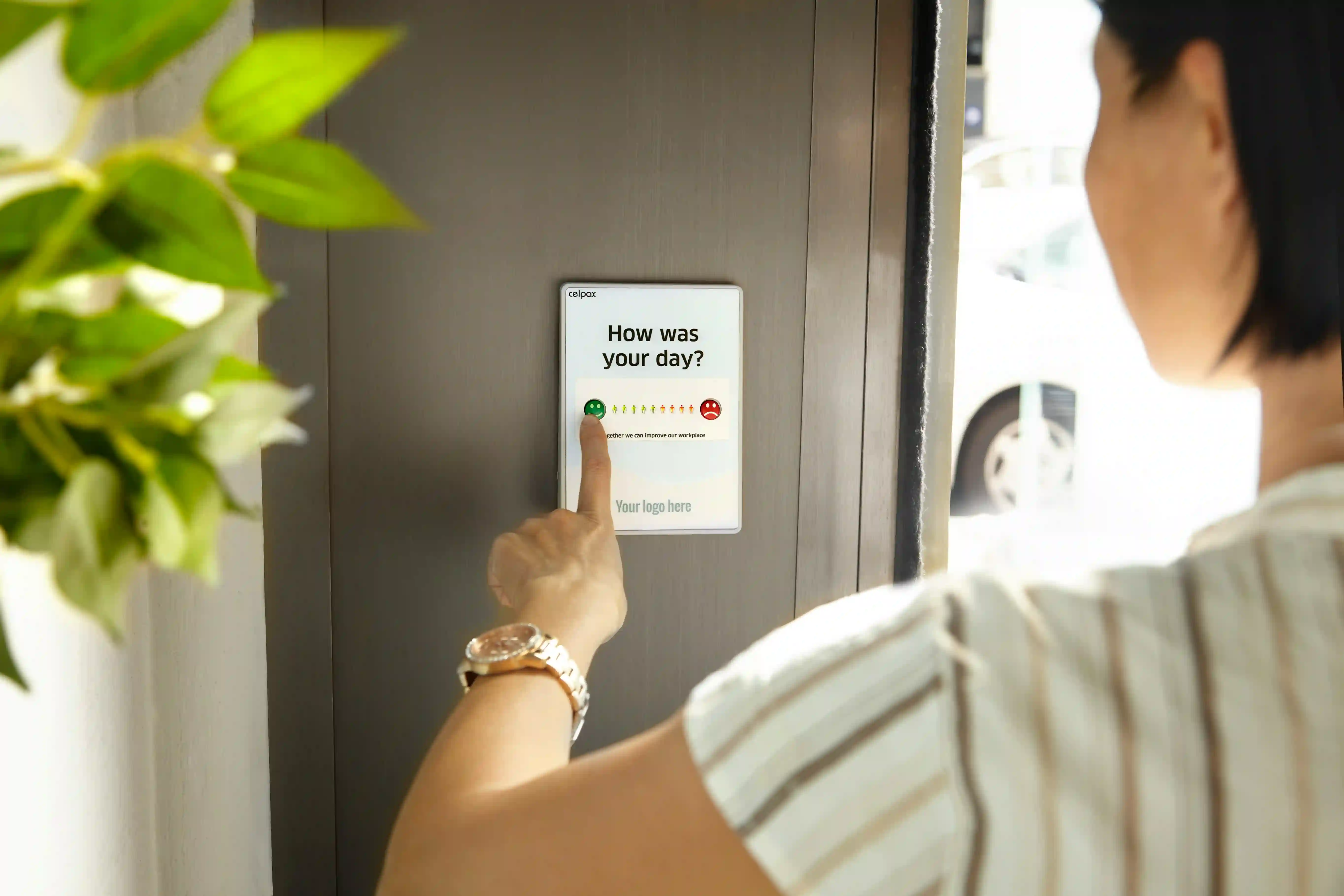Transform Your Data Collection with Google Forms
Google Forms isn't just another tool—it's a powerhouse for gathering insights, streamlining workflows, and making data work for you. Did you know that over 1 billion forms are created with Google Forms every year? Whether you're collecting feedback, planning an event, or grading quizzes, this tool turns chaos into clarity with just a few clicks.
"Efficiency is doing better what is already being done," said Peter Drucker—and Google Forms embodies this perfectly. No coding, no fuss. Just drag, drop, and deploy. But here's the catch: most people barely scratch the surface of what it can do.
Want to create forms that people actually want to fill out? Let's dive into the key features, pro tips, and hidden tricks that will transform your forms from basic to brilliant. From real-time collaboration to GDPR-compliant data collection, we'll cover everything you need to master this tool—and save hours in the process.
What is Google Forms?
- An intuitive, web-based survey and form application developed by Google
- Allows quick creation of forms for data collection and surveys
- Cloud-based platform accessible from any device with internet
- Can be shared via direct links, embedded in websites, or sent via email
- Used in education, business, event planning, and feedback collection
Key Features of Google Forms
Real-Time Collaboration
Enables multiple users to collaborate on form creation and editing simultaneously, perfect for team projects.
Google Workspace Integration
Seamlessly connects with Google Sheets for advanced data analysis and visualization.
Automated Data Collection
Responses are collected automatically and organized for easy analysis, saving hours of manual work.
Conditional Logic
Show or hide questions based on previous answers, creating personalized form experiences.
Google Forms Interface

Form Editor
The command center for building your survey or quiz. Here's what you need to know:
- Location: Primary workspace when creating/editing forms
- Key Actions: Add questions, rearrange sections, set up branching logic
- Pro Tip: Use the + Add question button to insert 14+ question types
Themes & Customization
- Access: Click the palette icon (top-right)
- Options: Custom colors, fonts, header images
- Branding Tip: Upload your company logo for professional surveys
Response Tab
- Location: Next to "Questions" tab
- Features: Real-time charts, individual responses, export to Sheets
- Pro Tip: Enable Accepting responses toggle to control data collection
Collaboration Tools
Click the icon to invite team members with edit or view access.
Settings
The gear icon controls response collection, quizzes, and privacy.
Preview Mode
Test your form before sharing using the eye icon.
Customizing Your Data Collection
Google Forms offers 14+ question types to precisely capture the data you need. Here's when to use each:
Short Answer
Best for: Names, emails, IDs, or any brief text (under 50 words)
Example Uses:
- Contact information collection
- Quick yes/no explanations
- Password or code entry
Pro Tip: Add response validation to require specific formats (e.g., "@domain.com" for emails).
Paragraph
Best for: Detailed feedback, explanations, or long-form responses
Example Uses:
- Customer complaint details
- Project proposals
- Open-ended reflections
Pro Tip: Set a minimum character requirement to ensure substantive answers.
Multiple Choice
Best for: Single-select questions with mutually exclusive options
Example Uses:
- Demographic questions (Gender, Age group)
- Yes/No/Maybe decisions
- Preferred time slots
Pro Tip: Add "Other" with text input to capture unlisted options.
Dropdown
Best for: Long lists where space conservation matters
Example Uses:
- Country/State selection
- Product model choices
- Department selection
Pro Tip: Alphabetize long lists for easier navigation.
Checkboxes
Best for: "Select all that apply" scenarios
Example Uses:
- Interest categorization
- Symptom checklists
- Feature prioritization
Pro Tip: Limit to 7 options to prevent "choice overload".
Linear Scale
Best for: Likert scales (1-5, 1-10 rating systems)
Example Uses:
- Satisfaction surveys
- Skill level assessments
- Agreement levels
Pro Tip: Always label both ends (e.g., "1=Strongly Disagree, 5=Strongly Agree").
Multiple Choice Grid
Best for: Rating multiple items on the same scale
Example Uses:
- Course evaluation rubrics
- Product feature ratings
- Competency assessments
Warning: Limit to 5 items max - grids fatigue respondents quickly.
Date & Time
Best for: Scheduling, deadlines, or time-sensitive data
Example Uses:
- Appointment booking
- Event registration
- Time tracking
Pro Tip: Restrict dates to valid ranges (e.g., no past dates for future events).
Advanced Data Collection Techniques
Conditional Logic
Show/hide questions based on previous answers using the "Go to section based on answer" option.
Example: If user selects "No" to "Do you own a car?", skip car-related questions.
Data Validation
Enforce specific response formats (numbers, text patterns, character limits) via the ⋮ menu → Response validation.
Example: Require phone numbers in "+CountryCode Number" format.
Data Privacy & GDPR Compliance
Legal Requirements
GDPR (EU Regulation)
- Requires explicit consent for data collection
- Mandates clear privacy notices
- Gives respondents right to access/delete data
- 72-hour breach notification requirement
Data Privacy Act (Philippines)
- Protects personal information in government/private sectors
- Establishes National Privacy Commission
- Requires data breach notifications
- Imposes penalties for non-compliance
Implementation Checklist
Required Form Elements
- Privacy Notice: Explain data usage at form start
- Consent Checkbox: "I agree to data processing"
- Contact Information: DPO/Privacy officer details
- Retention Period: State how long data will be kept
Google Forms Settings
- Enable "Collect email addresses" for accountability
- Restrict responses to your domain if applicable
- Set response expiration date under Settings → Responses
- Disable "Store form responses in Google Drive" for sensitive data
Professional Form Design Tips
Clarity & Simplicity
- State form purpose in the title/description
- Limit to 1 main objective per form
- Use section headers for long forms
- Avoid technical jargon
Question Design
- Order questions logically (general → specific)
- Use progress bars for forms >10 questions
- Balance open/closed-ended questions
- Mark required fields clearly
User Experience
- Test on mobile devices
- Keep most important questions above the fold
- Use conditional logic to skip irrelevant questions
- Preview form before sharing
Data Quality
- Set response validation rules
- Limit open-ended questions in large surveys
- Use checkbox grids sparingly
- Randomize answer options when appropriate
Engagement
- Personalize with branching logic
- Customize the thank-you page
- Keep forms under 5 minutes completion time
- Use your organization's branding
Testing
- Pilot test with 5-10 users first
- Check all conditional logic paths
- Verify data export formats
- Test email notifications
Test Your Skills
Apply what you've learned with our interactive assessment:
Take the Google Forms Proficiency Quiz(Average completion time: 5 minutes)

No comments yet. Be the first to share your thoughts!